A 2025 Gallup survey revealed a significant drop in Americans’ confidence in public education, with only 26% expressing a “great deal” or “fair amount” of confidence in public schools. This marks a sharp decline from previous years, reflecting growing concerns about academic quality, political influence, and institutional performance.
Declining Satisfaction with Public Education
The dissatisfaction with public education has reached alarming levels. A Gallup survey in February 2025 found that 73% of American adults were dissatisfied with the quality of public schools, the highest dissatisfaction rate since 2001. This represents a 5-point increase from the previous year and a substantial rise from 57% in 2001.
Similarly, the 2025 PDK Poll revealed that only 13% of Americans graded public schools with an A or B, a notable decline from 19% in 2019 and 26% in 2004. In contrast, local schools received slightly better ratings, with over 40% of respondents giving them high marks.
Factors Contributing to Declining Confidence
Curriculum Concerns
Many Americans feel that schools are not prioritizing essential academic subjects such as reading, math, science, and social studies. A Pew Research Center survey found that 69% of adults cited the insufficient emphasis on these core subjects as a significant reason for their dissatisfaction.
Political Influence
The introduction of political and social agendas into classrooms has raised concerns. According to the Pew survey, 54% of adults felt that teachers expressing personal political views in the classroom was a major issue, adding to the perception that schools are becoming more politically charged than academically focused.
Resource Limitations
Inadequate funding and limited resources are common issues in public schools, impacting the quality of education. Over half (52%) of respondents in the Pew survey identified these limitations as a major concern, further eroding confidence in the system.
Teacher Shortages
The nationwide shortage of qualified teachers, especially in special education and STEM fields, has put additional strain on the public education system. This shortage hampers schools’ ability to provide quality instruction and individualized support to students, contributing to growing dissatisfaction.
The Rise of Alternative Education Options
In response to dissatisfaction with public education, many families are turning to alternative options such as charter schools, private institutions, and homeschooling. These alternatives offer more personalized and flexible educational experiences.
For example, despite improvements in standardized test scores in the Houston Independent School District, the district saw a significant enrollment drop, with nearly 7,400 students leaving the system. This trend reflects a broader shift towards school choice, as families seek educational environments that better align with their values and expectations.
Public Opinion on Federal Education Oversight
Despite the declining confidence in public schools, most Americans oppose the dismantling of the federal Department of Education. A poll by The 74 Million revealed that a majority of Americans support continued federal involvement in education, emphasizing the importance of federal oversight in ensuring equitable access to quality education across the country.
Addressing the Challenges of Public Education
The decline in confidence in public education is a multifaceted issue, influenced by concerns about curriculum focus, political influence, resource limitations, and teacher shortages. While alternative education options are becoming more popular, there remains a strong public desire for federal oversight to maintain educational standards and equity.
Addressing these challenges will require collaboration among educators, policymakers, and communities to rebuild trust and improve the public education system.

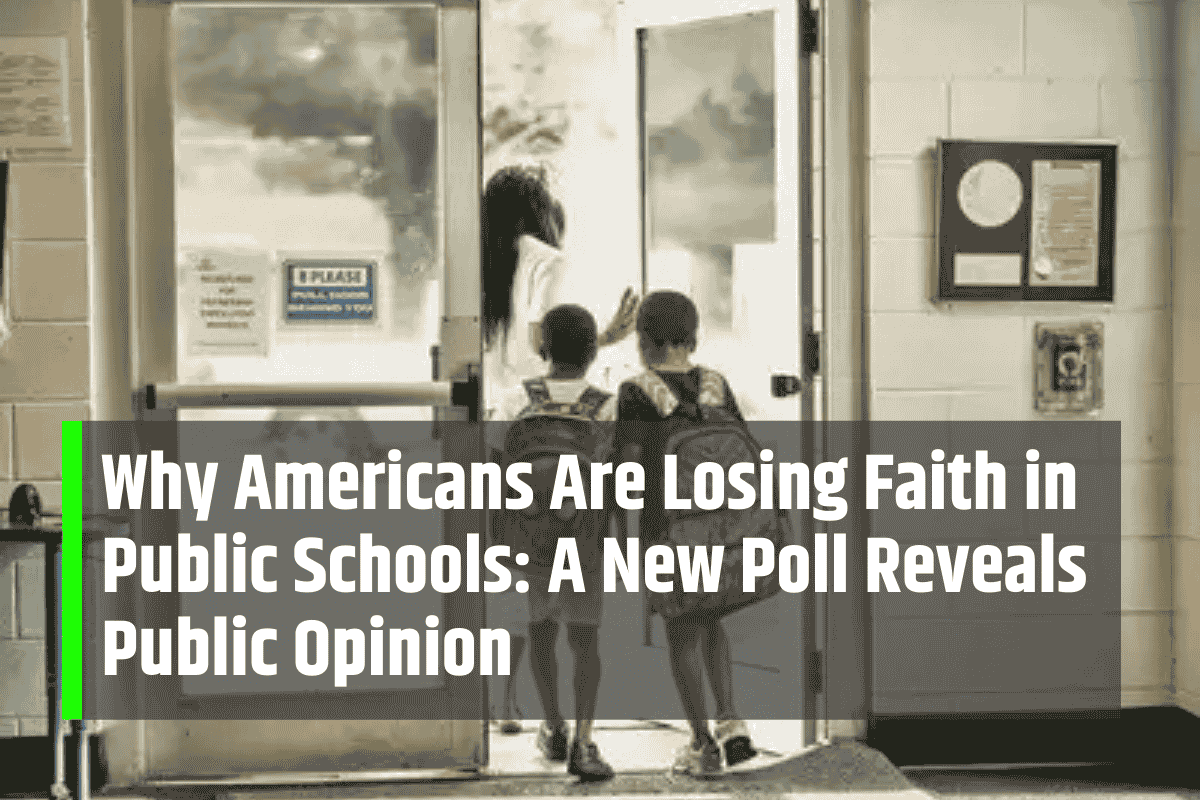
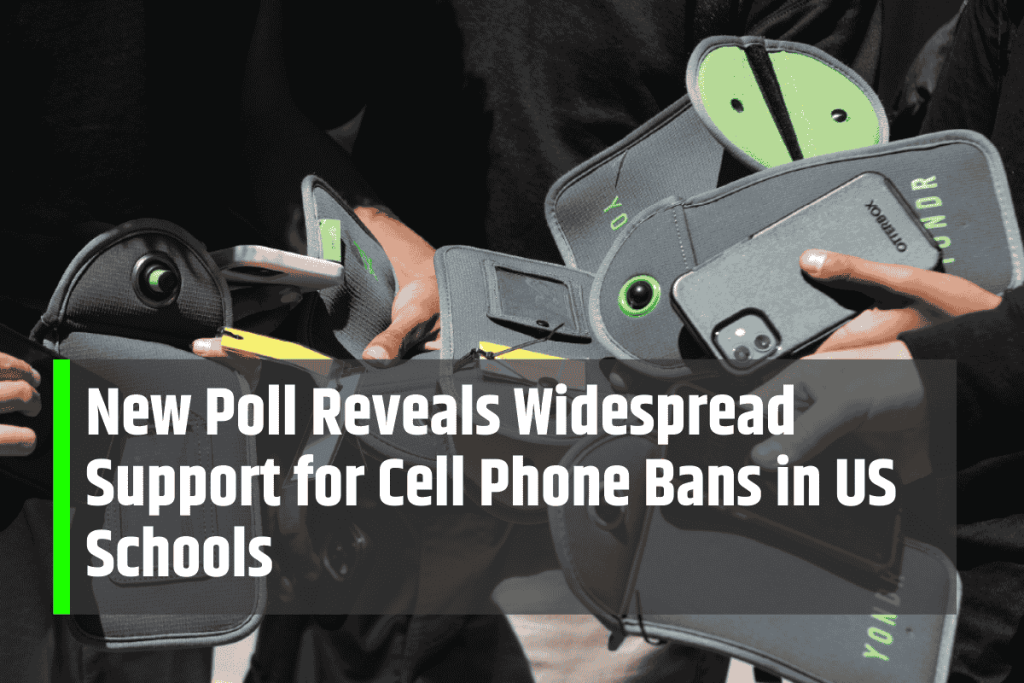
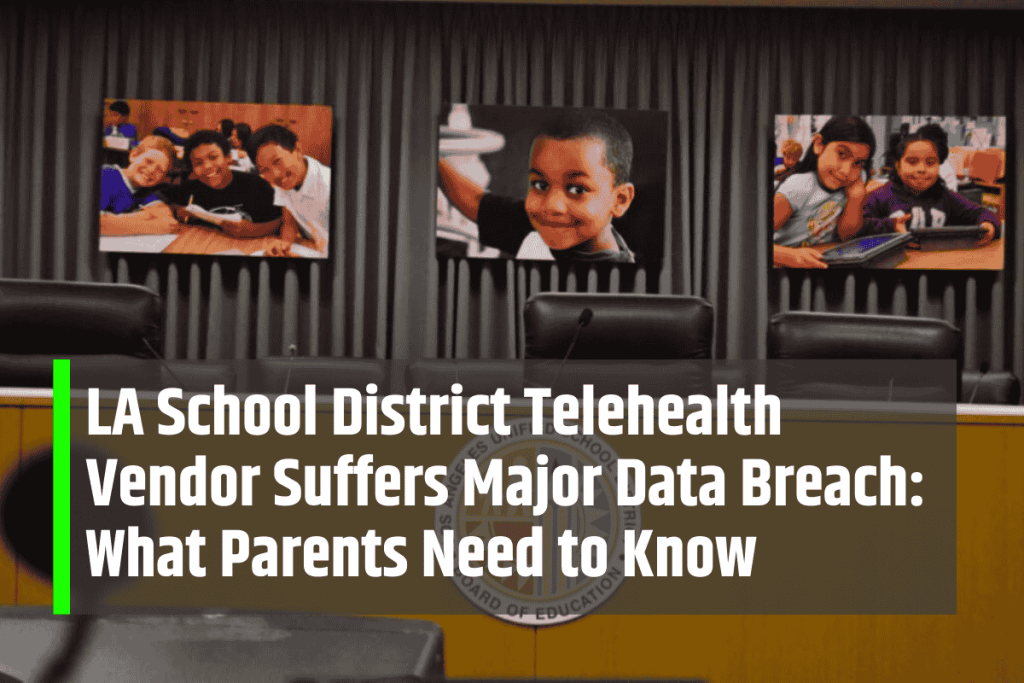
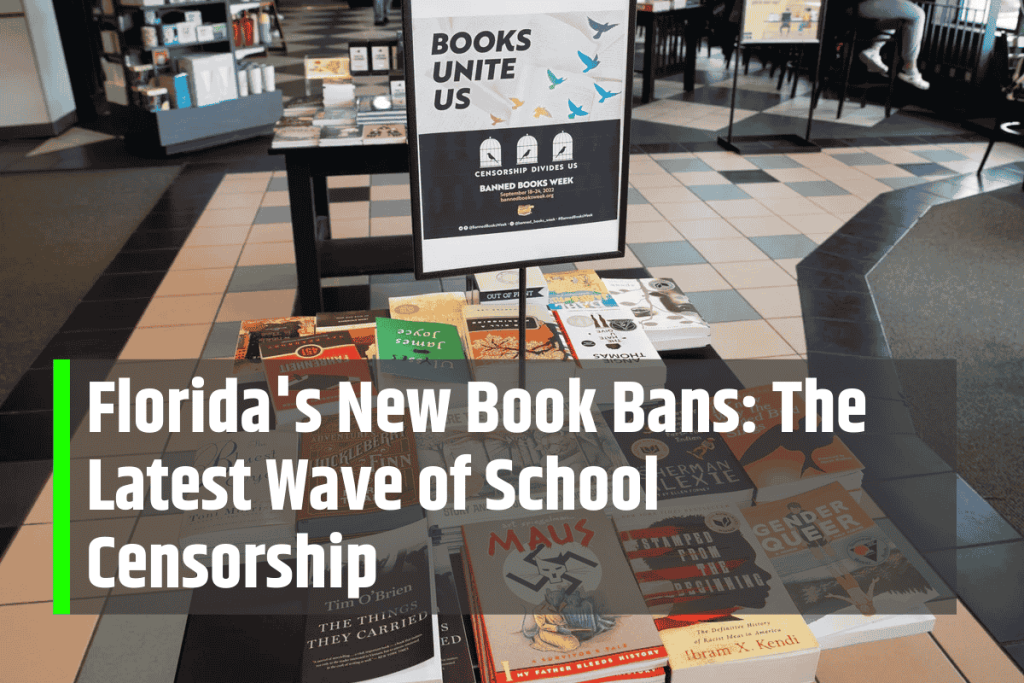

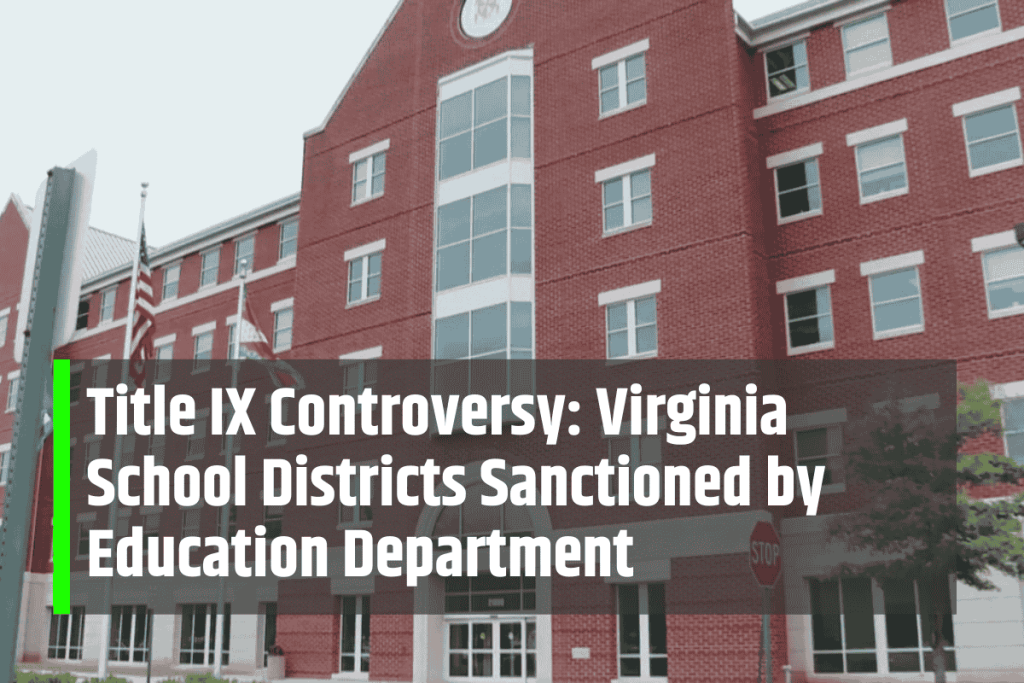
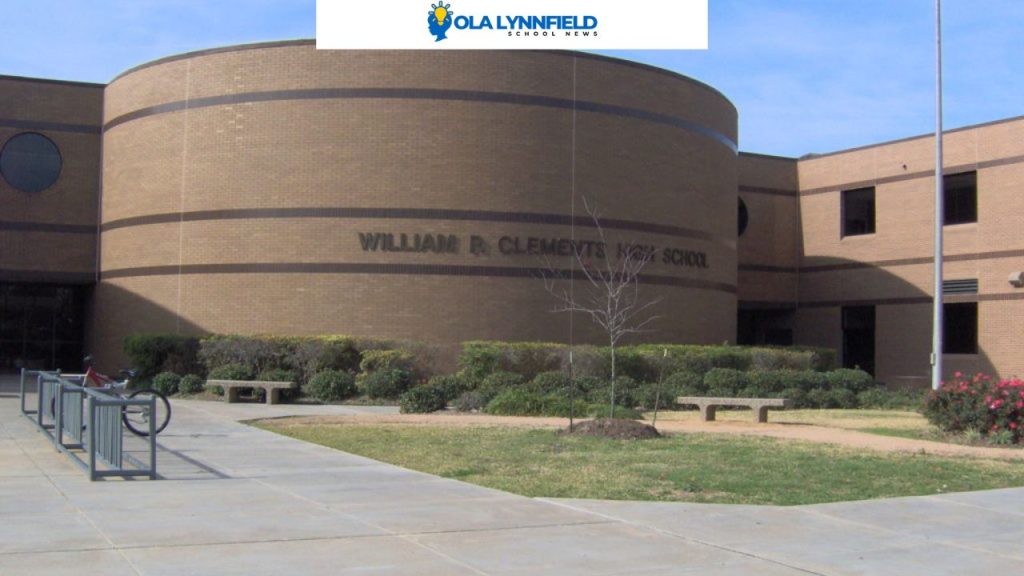
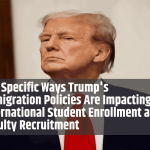
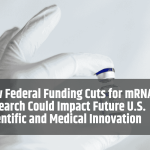
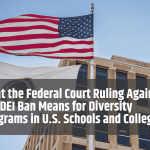
Leave a Comment